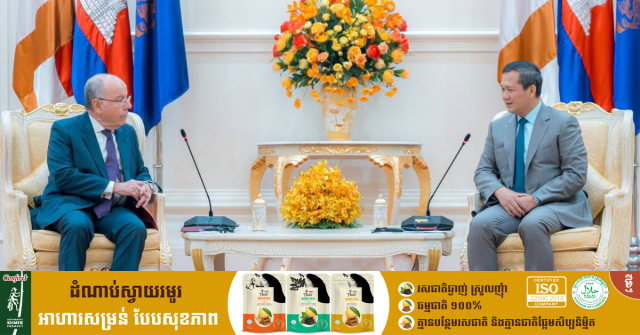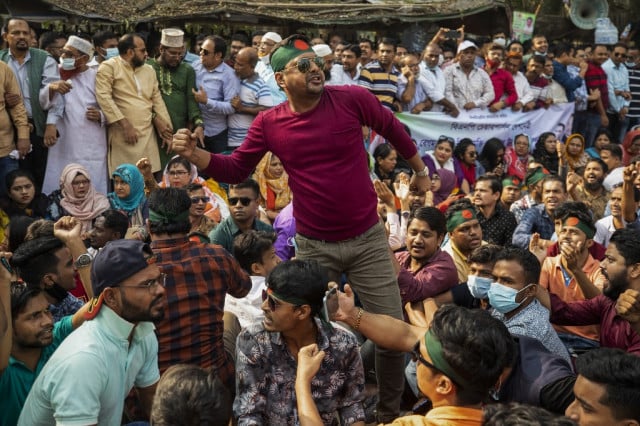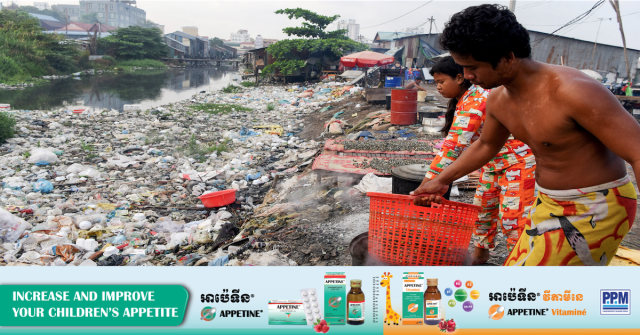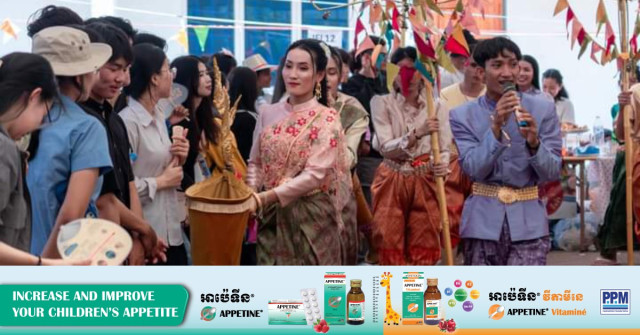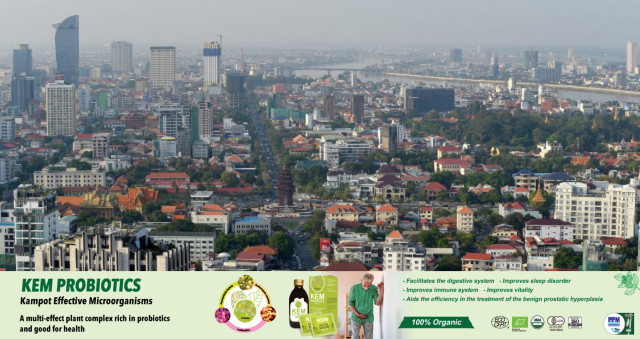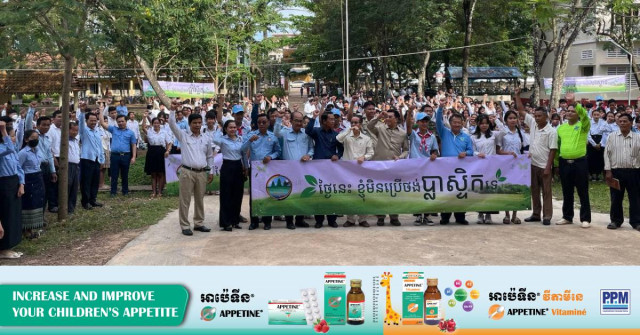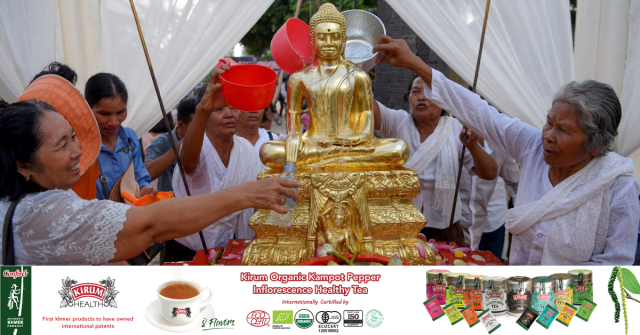The Challenges – Old and New – that Women Face in Cambodia Today
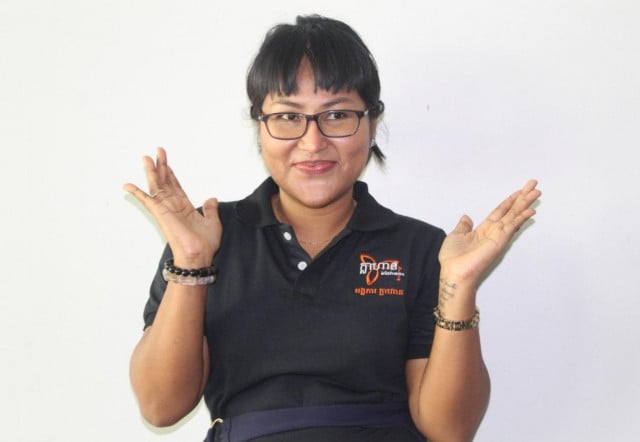
- Phoung Vantha
- July 24, 2020 8:38 AM
Launched in 2018, Klahaan is an organization that focuses on issues women face in Cambodia. Its name means brave in Khmer language, reflecting on what women must be in today’s society.
Bunn Rachana, executive director of Klahaan, discussed with journalist Phoung Vantha the situation and challenges women meet in the country.
Phoung Vantha: In your opinion, are Cambodian women today considered and treated as equals in society and by the Cambodian authorities? And what are the biggest challenges they face?
Bunn Rachana: Women in Cambodia have come a long way toward equal rights in recent years but continue to face numerous challenges. Indeed, despite ongoing efforts by government and civil society actors, significant gender inequalities remain. These include difficulties in accessing higher education, notably in the fields of law and science, and women’s extreme under-representation in senior positions across all sectors. There are also barriers to achieving income equality (equal pay between men and women), as well as widespread gender-based violence and the fact that women in heterosexual relationships continue to perform the vast majority of household duties and unpaid care work.
All of these issues are underpinned and fueled by pervasive social attitudes and norms that continue to paint women as being weak and gentle, and men as being strong, natural leaders.
Phoung Vantha: Is there a difference between the situation of women in cities such as Phnom Penh, Battambang and Siem Reap, and small towns and villages in the countryside?
Bunn Rachana: One key difference is perhaps that of access to education beyond the primary and lower secondary levels. Many young women are discouraged by their parents from traveling away from home to access a university education, while their brothers and male peers are encouraged to do so. Another pressing issue is that of access to justice for rural women, with the formal court system proving largely inaccessible in many, if not most, cases due to transportation and economic issues. Specialist health services for women, including abortion and maternal healthcare, are more difficult to access for women in rural areas.
Phoung Vantha: Are there more women than men who can barely read and write today, especially in the countryside?
Bunn Rachana: Literacy levels are continuing to rise, and the gap between women and men is narrowing. However, 2015 statistics from Unesco indicate that women are still less likely to be able to read and write, with literacy rates at 86 percent for men and 75 percent for women.
Phoung Vantha: As many young women stop school to work in the garment sector, what situation does this create?
Bunn Rachana: The rise of the garment sector has been, in many ways, an economic equalizer between men and women in rural areas, with many young women becoming their family’s breadwinner—despite low wages and precarious employment. More work needs to be done, however, to ensure that more employment and higher education opportunities are available to young women who would rather remain closer to their homes and communities. Women should have the choice whether or not to migrate to urban areas for employment, rather than being pushed into making such a decision due to a dire lack of local opportunities.
Phoung Vantha: Compared to other countries in ASEAN or Asia, is the situation of women and the issues they face similar or different?
Bunn Rachana: While there are many gender-related issues that are specific to Cambodia, such as the concerning treatment women survivors of domestic violence face during informal ‘mediation’ sessions, or the difficulties they face in obtaining a divorce from customary marriages, Cambodian women also share many similar struggles with women across the region. These include gender-based violence—rates of which remain high across all ASEAN countries—and the ‘double burden’ of unpaid care work and waged labor, as more Southeast Asian women enter the workforce.
Phoung Vantha: What would you like to say to the government and stakeholders about women, women’s situation and their rights today?
Bunn Rachana: While the government is taking positive action to tackle gender inequality through a number of comprehensive policy initiatives, such policies need to be properly funded and implemented if they are to make any real difference in the lives of women. Furthermore, the government cannot effectively champion gender inequality on one hand, while demonizing and even criminalizing women (such as online sellers) who they deem to be dressed ‘too sexy’ by not conforming to the government’s arbitrary, conservative standards of dress and morality. We cannot tackle high rates of sexual violence and harassment without also promoting women as being in control of their bodies and entitled to their own sexual autonomy. It is only when we see widespread behavioral and attitudinal changes at a range of levels—in government, in the workplace and beyond—that gender equality will become a reality in Cambodia.
Lastly, I want to reiterate that gender disparities across specific sectors, for instance in relation to education outcomes or access to resources and capital, must be addressed. It further is crucial that concrete measures are taken to ensure that young women, especially those from minority groups such as LGBTQIA [all gender identities], indigenous and ethnic Khmer Muslim and Vietnamese, and rural women are able to access educational and professional opportunities at the same level as their male peers. To ensure that women do not subsequently fall behind after marriage—when unpaid care responsibilities are almost certain to fall disproportionately on them—any intervention from government, development partners and civil society must aim to address both structural gender inequalities and discriminatory gender attitudes in society.
For more information on Klahaan:
. website: https://www.klahaan.org/
. Facebook page: https://www.facebook.com/klahaankh






